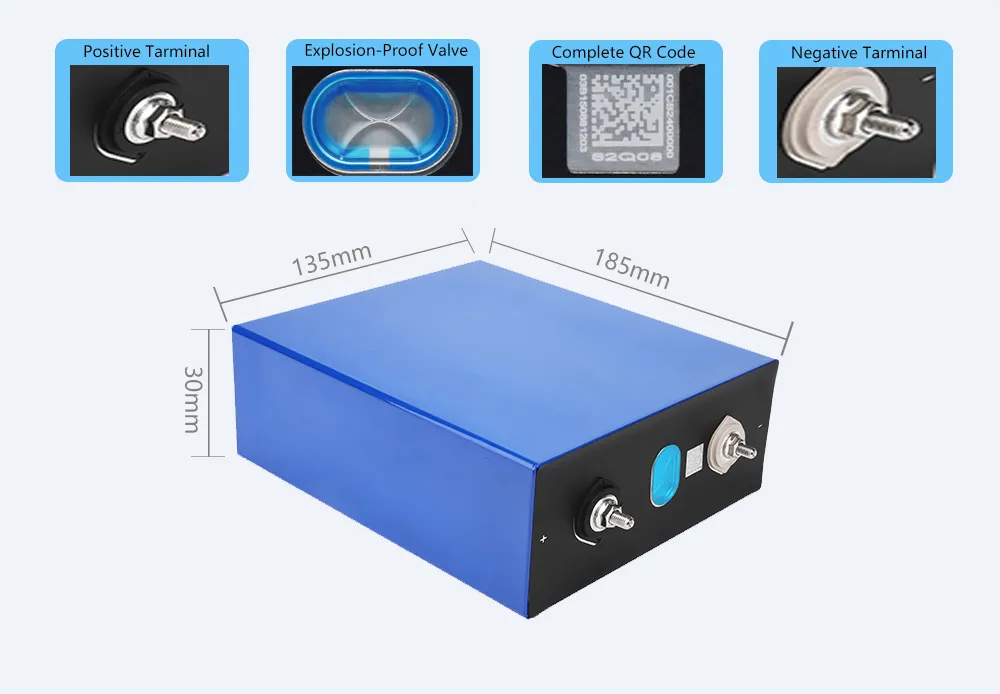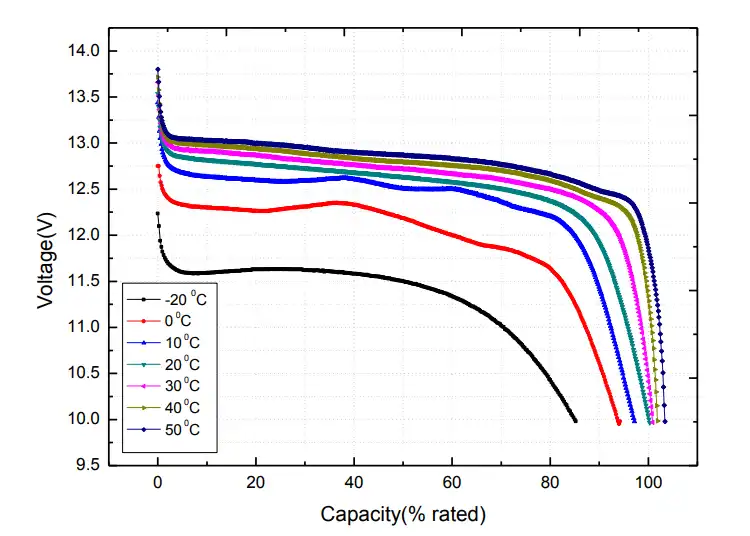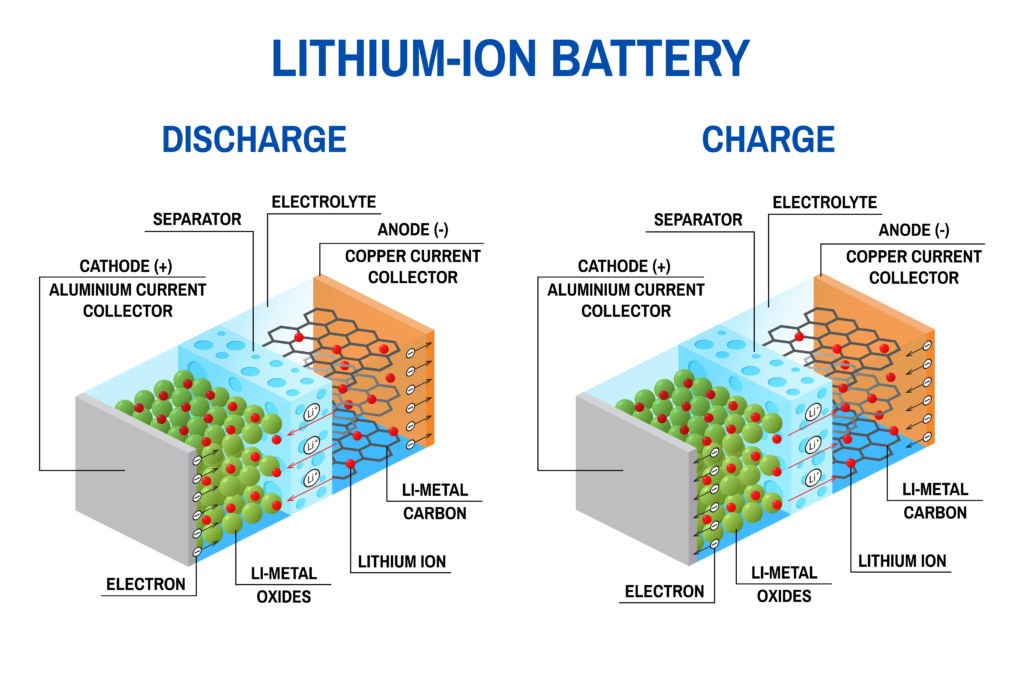Understanding LiFePO4 Charge Curves: A Comprehensive Guide
Understanding LiFePO4 Charge Curves: A Comprehensive Guide
LiFePO4 batteries have become increasingly popular in various applications due to their superior performance, safety, and longevity. Understanding the charge curves of LiFePO4 batteries is crucial for optimizing their usage and extending their lifespan. In this comprehensive guide, we'll explore the fundamentals of LiFePO4 charge curves and how CloudEnergy's advanced technology enhances battery performance.
What Are LiFePO4 Batteries?
LiFePO4 (Lithium Iron Phosphate) batteries are a type of lithium-ion battery known for their stability, safety, and long cycle life. These batteries are widely used in various applications, including electric vehicles, solar energy storage, and portable electronics.
Some of the key benefits of LiFePO4 batteries include:
- High energy density
- Long lifespan with over 2000 cycles
- Enhanced safety due to thermal and chemical stability
- Lightweight and compact design
- Low self-discharge rate
CloudEnergy offers a range of high-performance LiFePO4 batteries designed to meet diverse energy needs. Explore our products.
The Basics of LiFePO4 Charge Curves
A charge curve represents the relationship between the battery's voltage, capacity, and state of charge (SoC) during charging and discharging. Understanding these curves is essential for optimizing battery usage and ensuring longevity.
The charge curve helps users determine the SoC at any given voltage, which is crucial for managing battery health. By monitoring the charge curve, users can avoid overcharging or deep discharging, both of which can negatively impact battery performance and lifespan.
Interpreting LiFePO4 Voltage Charge Curves
LiFePO4 batteries exhibit different charge curves at various voltages. Here, we'll examine the charge curves for 3.2V, 12V, 24V, and 48V configurations:
| Voltage | SoC (%) | Voltage (V) |
|---|---|---|
| 3.2V | 100% | 3.65V |
| 3.2V | 50% | 3.30V |
| 3.2V | 0% | 2.50V |
| 12V | 100% | 14.6V |
| 12V | 50% | 13.2V |
| 12V | 0% | 10.0V |
| 24V | 100% | 29.2V |
| 24V | 50% | 26.4V |
| 24V | 0% | 20.0V |
| 48V | 100% | 58.4V |
| 48V | 50% | 52.8V |
| 48V | 0% | 40.0V |
This table illustrates the SoC at various voltages, helping users interpret the charge curves for different battery configurations.
LiFePO4 Battery Charging & Discharging Explained
The charging and discharging process of LiFePO4 batteries involves managing the SoC to ensure optimal performance and longevity. During charging, the battery voltage gradually increases until it reaches the full charge voltage. Similarly, during discharging, the voltage decreases as the battery's capacity is used up.
Monitoring the SoC is crucial for maintaining battery health. Overcharging or deep discharging can lead to reduced battery capacity and a shorter lifespan. Using a Battery Management System (BMS) can help prevent these issues by providing real-time monitoring and protection.
Effects of Voltage on LiFePO4 Battery Performance
The voltage of a LiFePO4 battery significantly affects its capacity, efficiency, and cycle life. Operating the battery at optimal voltage levels ensures maximum performance and longevity. Maintaining the correct voltage also helps prevent issues such as overheating and over-discharging.
CloudEnergy's LiFePO4 batteries are designed to operate efficiently at various voltages, providing reliable performance across different applications. Learn more about our high-performance batteries.
Maintenance Tips for Maximizing LiFePO4 Battery Life
Proper maintenance is essential for extending the life of LiFePO4 batteries. Here are some tips to help you get the most out of your battery:
- Charge the battery at recommended rates to avoid overcharging.
- Avoid deep discharges and maintain a moderate SoC.
- Store the battery in a cool, dry place to prevent temperature-related damage.
- Regularly check the battery's health using a BMS for real-time monitoring.
Following these tips can help prolong the lifespan and efficiency of your CloudEnergy LiFePO4 battery.
LiFePO4 vs Other Battery Types: A Voltage Chart Comparison
LiFePO4 batteries offer several advantages over other battery technologies, such as lithium-ion and lead-acid. The following chart compares the voltage characteristics of these battery types:
| Battery Type | Voltage (V) | SoC (%) | Cycle Life | Efficiency |
|---|---|---|---|---|
| LiFePO4 | 3.2V | 100% | 2000+ cycles | 95% |
| Lithium-Ion | 3.7V | 100% | 1000-1500 cycles | 90% |
| Lead-Acid | 2.1V | 100% | 300-500 cycles | 80% |
As shown, LiFePO4 batteries outperform other types in terms of cycle life, efficiency, and safety. This makes them an ideal choice for applications requiring reliable and long-lasting power.
FAQs on LiFePO4 Charge Curves
Here are some common questions and misconceptions about LiFePO4 charge curves and battery voltage:
Q: What is the optimal charging voltage for LiFePO4 batteries?
A: The optimal charging voltage for LiFePO4 batteries is typically around 3.65V per cell.
Q: Can I use a regular lithium-ion charger for LiFePO4 batteries?
A: No, it is recommended to use a charger specifically designed for LiFePO4 batteries to ensure proper charging and safety.
Q: How can I monitor the SoC of my LiFePO4 battery?
A: Using a Battery Management System (BMS) can help monitor the SoC and provide real-time data on the battery's health.
Final Thoughts
Understanding LiFePO4 charge curves is essential for optimizing the usage and longevity of these advanced batteries. CloudEnergy's LiFePO4 batteries offer superior performance, safety, and efficiency, making them an excellent choice for various applications.
For more information on CloudEnergy's high-performance LiFePO4 batteries, visit our product page.
Leave a Reply
- Golf Cart Lithium Battery Replacement for 2013 Club Car Precedent
- Upgrade Your Club Car DS with CloudEnergy Lithium Batteries
- Understanding LiFePO4 Charge Curves: A Comprehensive Guide
- Upgrading Your Golf Cart to Lithium Batteries: A Comprehensive Guide
- What Are the Best Battery Types for Off-Grid Living?